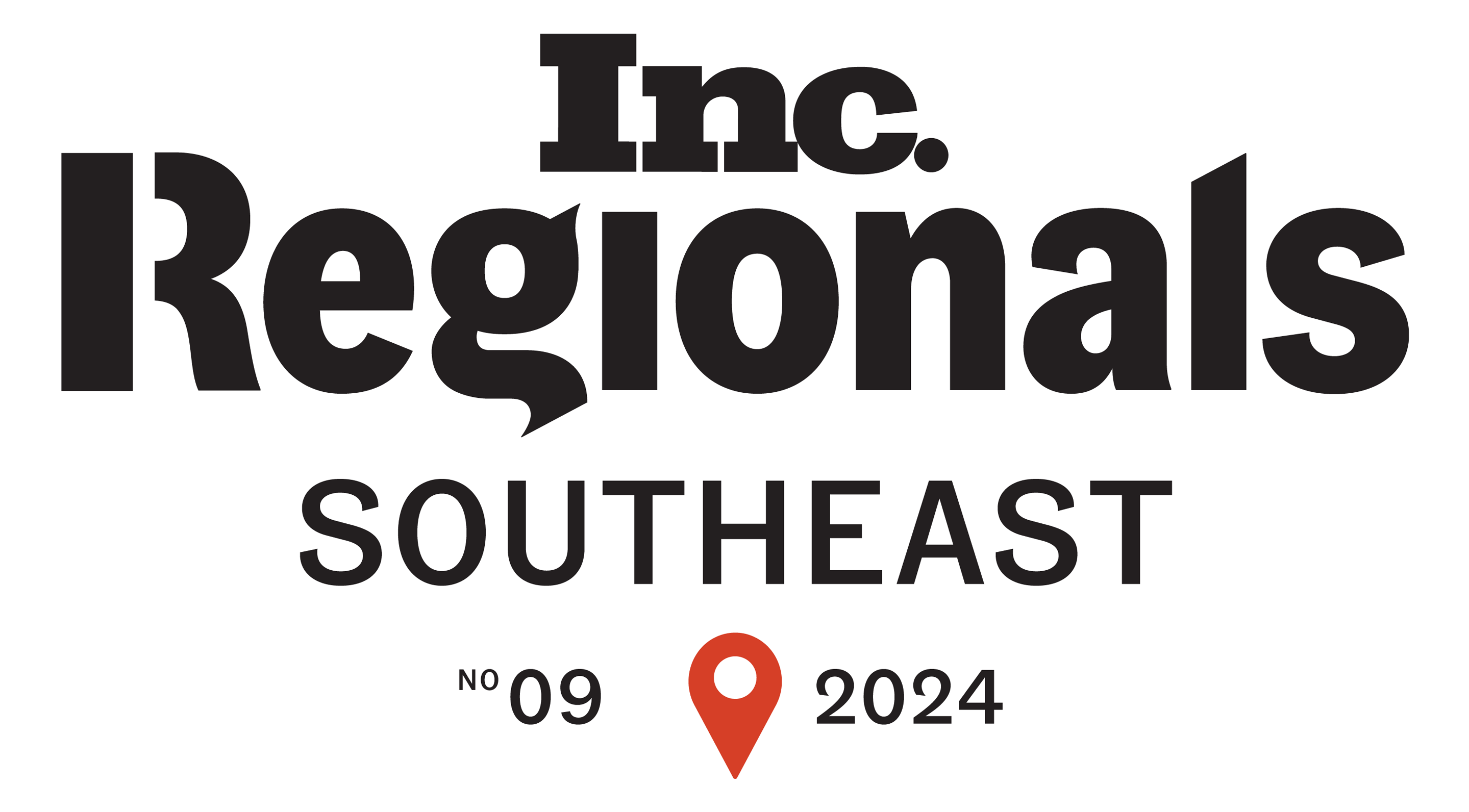Imagine this: You're a retailer, and you've just discovered extended warranty programs. These programs are like a hidden treasure, waiting to be maximized for your benefit. But here's the catch: setting the right prices and profit-sharing agreements is the key to making these programs truly shine. In this article, we'll explore the critical factors you need to consider when determining the optimal pricing and profit-sharing strategies for your extended warranty offers. Get ready to embark on a journey that will transform your extended warranty programs into a powerful engine of revenue and customer satisfaction.
Understanding the Magic of Extended Warranty Programs
Extended warranty programs are like a magic wand for retailers, providing customers with additional protection beyond the standard manufacturer's warranty. These programs are not just about extra coverage; they're about creating a value-added service that generates revenue and enhances customer satisfaction. Let's dive into the enchanting benefits of extended warranties:
Revenue and Profit Potential: The Hidden Treasure
Extended warranties are like a hidden treasure chest for retailers, offering a new revenue stream that can significantly boost overall financial performance. Imagine the possibilities, especially for retailers with slim profit margins. By offering extended warranties, you can tap into this additional source of income and watch your profits soar.
Pricing Flexibility: The Power in Your Hands
One of the most exciting aspects of extended warranties is the power of pricing flexibility. As a retailer, you have the control to set competitive prices that strike the perfect balance between customer perception of value and the cost of potential repairs. This flexibility allows you to optimize your profit margins and ensure that your extended warranty program is a win-win for both you and your customers.
Customer Satisfaction and Loyalty: The Ultimate Reward
Extended warranties are not just about financial gains; they're about building strong relationships with your customers. By providing peace of mind and demonstrating your commitment to their satisfaction, you can foster trust and loyalty. Satisfied customers are more likely to become repeat purchasers and brand advocates, spreading the word about your exceptional service and further enhancing your profitability.

Unlocking the Secrets to Optimal Pricing and Profit Sharing
To determine the optimal pricing and profit-sharing strategies for your extended warranty program, you need to consider several key factors. These factors are like pieces of a puzzle that, when put together, reveal the path to success. Let's explore each piece:
Market Demand and Competition: The Lay of the Land
Before setting your prices, it's crucial to analyze the market demand and competition for similar products. Assess whether customers are willing to pay for extended warranties and how your pricing compares to other retailers. This information will help you make informed decisions and ensure that your offerings remain attractive and competitive.
Cost Structure and Repair Costs: The Foundation of Profitability
Understanding the cost structure of your extended warranty program is like laying the foundation for profitability. Take into account the potential repair costs and ensure that your pricing covers these expenses while remaining competitive. By having a clear picture of your costs, you can make strategic decisions that optimize your profit margins.
Customer Behavior and Preferences: The Key to Tailored Offerings
To create extended warranty offerings that resonate with your customers, you need to study their behavior and preferences. Consider factors such as risk aversion, usage patterns, and the perceived value of extended warranties. By tailoring your offerings to your customers' needs and desires, you can increase the likelihood of them purchasing extended warranties.
Strategies for Optimal Pricing: The Art of Setting the Right Price
Setting the right price for your extended warranties is an art that requires careful consideration and strategic thinking. Here are some strategies you can employ to determine the optimal pricing:
Competitive Pricing: Staying Ahead of the Game
To ensure that your extended warranty offerings remain attractive to customers, it's essential to set prices that are competitive with other retailers and manufacturers offering similar products. By staying ahead of the game and offering competitive prices, you can capture a larger share of the market and attract more customers to your program.
Value Proposition: Communicating the Worth of Your Warranties
Pricing is not just about numbers; it's about communicating the value proposition of your extended warranties. Clearly highlight the benefits, coverage, and potential savings that customers can enjoy by purchasing your warranties. By effectively conveying the worth of your offerings, you can justify the price and encourage customers to see the value in investing in extended protection.
Dynamic Pricing: Adapting to Market Demands
In the ever-changing landscape of retail, flexibility is key. Consider implementing dynamic pricing strategies that allow you to adjust prices based on market demand, customer behavior, or promotional periods. By being adaptable and responsive to market conditions, you can drive sales during specific periods and optimize your revenue potential.

Approaches for Profit Sharing: Partnering for Success
Profit sharing is a crucial aspect of extended warranty programs, as it determines how the financial benefits are distributed between retailers and warranty providers. Let's explore different approaches for profit sharing that can lead to successful partnerships:
Fixed Profit Margin: The Stability of Consistency
One approach is to negotiate a fixed profit margin with the warranty provider. This ensures a consistent profit per sale, providing stability and predictability for your business. With a fixed profit margin, you can accurately forecast your revenue and make informed decisions based on reliable financial data.
Revenue Sharing: Aligning Interests for Mutual Benefit
Another approach is to agree on a revenue-sharing model where profits are distributed based on a predetermined percentage. This approach aligns the interests of both parties and encourages collaboration. By working together towards a common goal, retailers and warranty providers can maximize the success of the extended warranty program and share in the financial rewards.
Risk-Sharing Models: Embracing Shared Responsibility
Risk-sharing models involve both parties sharing the risk and reward of the extended warranty program. This can include profit-sharing agreements or joint investment in the program. By embracing shared responsibility, retailers and warranty providers can foster a strong partnership built on trust and mutual success.
Enhancing Customer Experience: The Key to Long-Term Success
While pricing and profit sharing are essential components of a successful extended warranty program, the customer experience is the true key to long-term success. Here are some ways to enhance the customer experience and build lasting relationships:
Clear Communication: Transparency Builds Trust
Ensure that your communication about the terms, conditions, and benefits of the extended warranty is transparent and easy to understand. Avoid complex jargon and provide clear, concise information that customers can easily digest. By being transparent and forthright, you can build trust with your customers and establish a strong foundation for long-term loyalty.
Streamlined Claims Process: Simplicity is Satisfaction
A streamlined and efficient claims process is essential for customer satisfaction. Make it convenient for customers to submit claims, receive prompt responses, and obtain repairs or replacements. By simplifying the claims process and minimizing hassle, you can demonstrate your commitment to customer service and create a positive experience that encourages repeat business.
Customer Support: The Backbone of Exceptional Service
Providing responsive and reliable customer support throughout the warranty period is crucial for maintaining customer satisfaction. Address inquiries promptly, offer helpful solutions, and go above and beyond to ensure a positive overall experience. By investing in exceptional customer support, you can differentiate your extended warranty program and build a reputation for outstanding service.
Conclusion: Unlocking the Full Potential of Extended Warranty Programs
Determining the optimal pricing and profit-sharing strategies for extended warranty offers is a critical task for retailers. By considering market demand, cost structure, and customer behavior, you can set competitive prices and establish profitable partnerships. Additionally, by enhancing the customer experience through clear communication, a streamlined claims process, and exceptional support, you can create a winning formula for success.
Extended warranty programs have the power to transform your business, increasing revenue, improving customer satisfaction, and building long-term loyalty. By unlocking the secrets to optimal pricing and profit sharing, you can tap into the full potential of these programs and create a thriving ecosystem that benefits both your business and your customers.
So, are you ready to embark on this journey of discovery and success? Embrace the power of extended warranty programs, and watch as your business soars to new heights. The golden goose of revenue streams awaits, and with the right strategies and partnerships, you can make it a reality. Let's unlock the secrets together and create a future filled with profitability, customer satisfaction, and endless possibilities.
Click here to Read more about our retailer warranty services!







